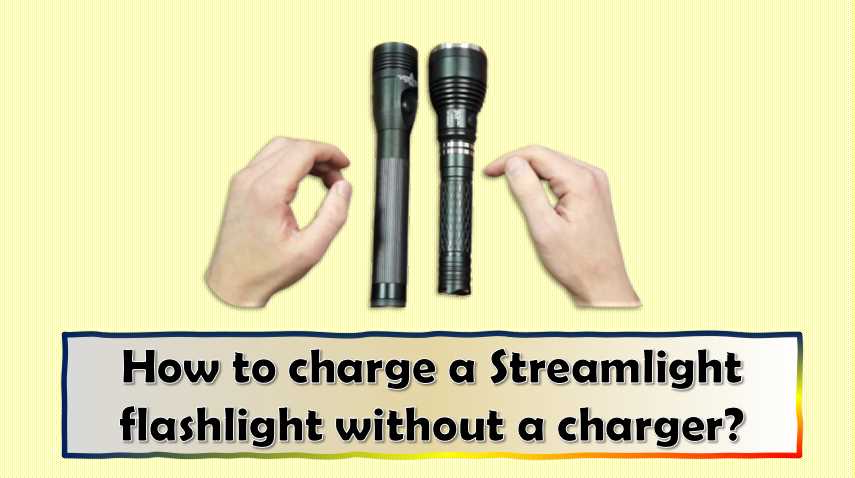DORCY Flashlight – The Ultimate Guide on How to Put Batteries
Do you have a DORCY flashlight you never use because you can’t figure out how to put batteries in it? Do you dread the hassle of finding new batteries every time your flashlight runs out of juice? Don’t worry, and we’ve got the answer for you! Batteries are essential for any flashlight, and the DORCY […]
DORCY Flashlight – The Ultimate Guide on How to Put Batteries Read More »


